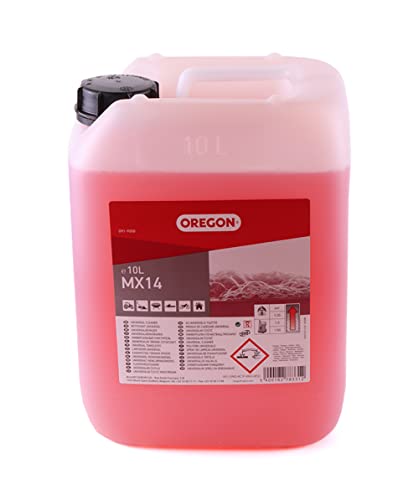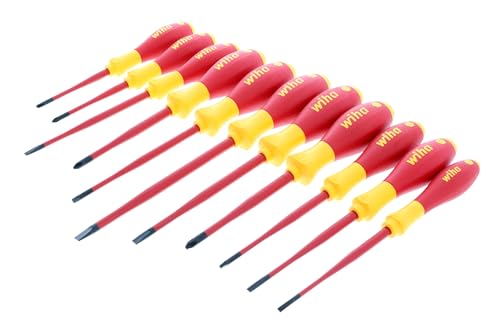

Simply put, yes, a high-velocity water stream generated by such devices can inflict serious harm if misused. The concentrated force of the liquid can penetrate skin and lead to lacerations, sometimes severe. It’s imperative to recognise the potential risks associated with operating this type of equipment without the appropriate safety measures.
As an individual who has spent over a decade in the cleaning equipment industry, I have personally observed the effects of misuse. Many users underestimate the power behind a high-pressure jet, assuming that it is relatively safe due to its cleaning capabilities. However, the reality is stark: a nozzle pointed towards skin can create a high-risk scenario. Always opt for protective gear, including gloves and goggles, when handling these machines.
To mitigate the risks, maintaining proper distance from the surface being cleaned is crucial. A distance of at least three to four feet usually makes a significant difference in reducing the chances of injury. Additionally, be mindful of the nozzle type and pressure settings you choose; lower pressure settings can often suffice for basic cleaning tasks without exposing yourself to unnecessary hazards.
Potential Dangers of High-Pressure Equipment
Contact with high-velocity jets from cleaning devices can result in serious injuries. The force exerted by a stream can penetrate skin, causing lacerations or worse. It is essential to recognise the following safety measures:
- Always wear protective gear, including gloves, goggles, and long clothing.
- Maintain a safe distance from the nozzle during operation.
- Never point the nozzle at yourself or others, even when not in use.
- Keep hands and feet clear of the direct spray zone.
- Familiarise yourself with the pressure settings and operation manual before use.
In my experience, accidents often occur due to negligence or lack of awareness. Frequent training and clear safety signage can mitigate risks considerably. Additionally, never underestimate the importance of understanding the equipment you are using. Assess the power level adequately; higher settings may be unnecessary for specific tasks.
Regularly inspect equipment for wear and tear, especially the hose and nozzle, as damaged parts can increase the risk of unintended accidents. Conduct maintenance as recommended by manufacturers to ensure optimal performance and safety.
Lastly, always prioritise safety over efficiency. Taking your time to set up properly and adhere to safety protocols is far better than hastily completing a job with potential injuries to yourself or others.
Understanding Pressure Washer PSI Ratings
A PSI (pounds per square inch) rating indicates the force with which water is expelled from the nozzle. Higher PSI values mean more power, which is suitable for tougher tasks like stripping paint or cleaning concrete. For delicate surfaces, lower PSI is more appropriate to avoid damage.
I recommend using models with adjustable PSI settings to ensure versatility. This allows you to tailor the water force for different surfaces, preventing unwanted wear or injury. For instance, a range of 1300 to 2000 PSI is ideal for home use, while commercial-grade machines often exceed 3000 PSI, intended for industrial cleaning.
Recommended PSI Levels for Various Applications
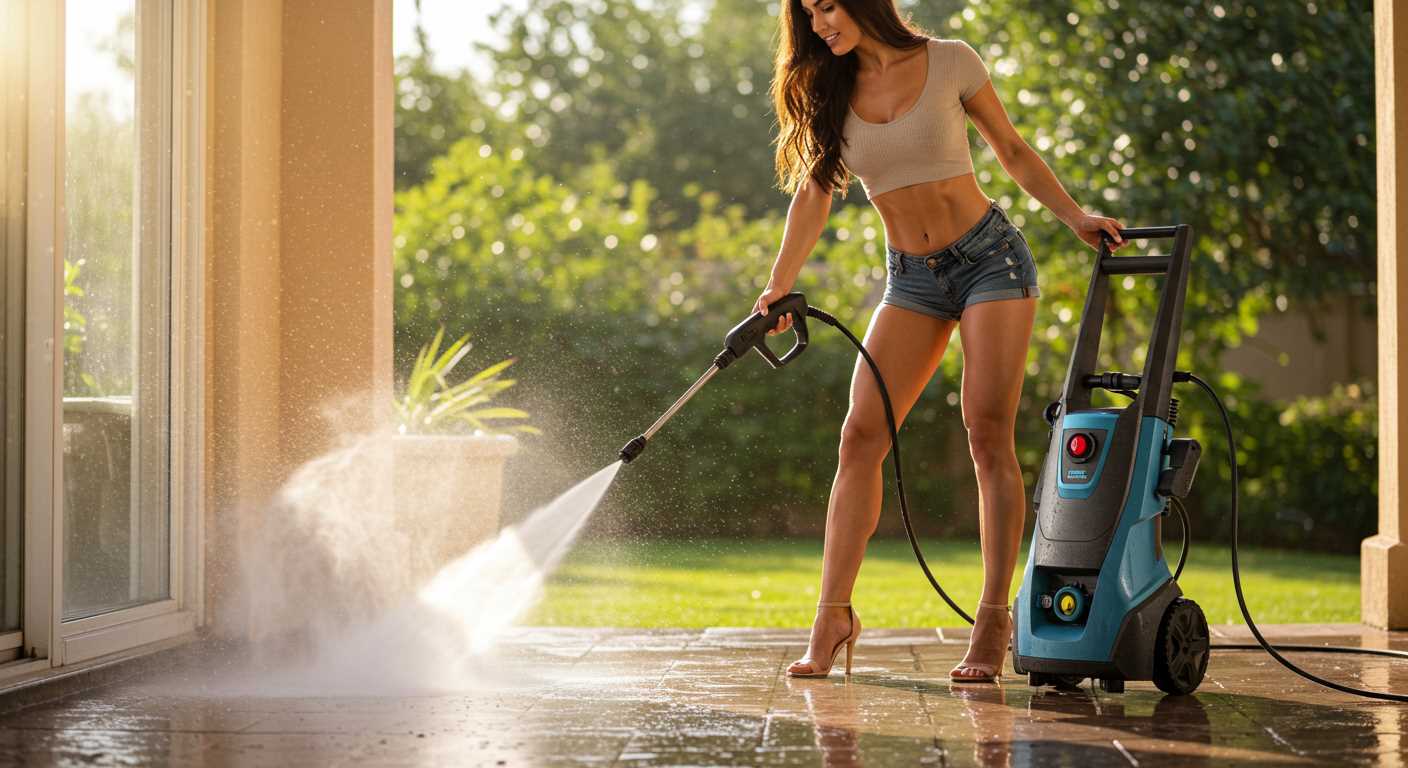
For cleaning vehicles, a range of 1200 to 1900 PSI suffices. Opt for 1500 to 2500 PSI for patios and outdoor furniture. Heavy-duty tasks, such as graffiti removal or deeply embedded dirt, require 2500 to 3000 PSI or more. Always remember to start at the lower setting and increase gradually as necessary.
Factors to Consider Beyond PSI
Despite its significance, PSI isn’t the only specification to consider. Flow rate (measured in GPM – gallons per minute) plays a crucial role in cleaning efficiency. A higher GPM facilitates better rinsing and reduces cleaning time. Attempt to find a balance between PSI and GPM to enhance overall performance.
Pay attention to nozzle type as well. Nozzles with different angles can change the impact and dispersion of water. A 0-degree nozzle delivers a concentrated stream for tough spots, while a 40-degree nozzle spreads water over a broader area, ideal for lighter tasks.
Ultimately, understanding PSI ratings empowers you to choose the right equipment for your needs, ensuring effective and safe cleaning without unnecessary damage or risk. Regular maintenance and proper handling will keep your equipment performing optimally for years to come.
Potential Injuries from Direct Pressure Exposure
Direct exposure to high-velocity water streams can lead to severe injuries. The force generated by the device can penetrate skin layers, causing lacerations or abrasions. Those operating such equipment should wear protective gear to shield against potential harm.
Skin punctures from water jets can happen, particularly if the nozzle is held too close to the body or if there’s a malfunction. These injuries may require medical attention, especially if they penetrate deeply. It’s critical to immediately cleanse any wound to prevent infection.
Another risk involves eye injuries. Water at high speeds can cause significant harm if it hits the eyes, potentially leading to corneal abrasions or even permanent damage. Wearing safety goggles is non-negotiable in any scenario involving this equipment.
Injuries to fingers and hands are also common when working with such high-pressure devices. A malfunctioning nozzle or a slip can lead to painful injuries, including broken bones or severe soft tissue damage. Gloves designed for protection are advisable to minimise these risks.
Lastly, it’s not just about the immediate injuries. Prolonged and repeated exposure to high-velocity water can lead to adverse effects on the skin over time, including dermatitis or other skin conditions. Regular inspections and maintenance of the equipment are essential for safety.
Comparing Pressure Washers to Other Tools
In my experience, differentiating high-pressure cleaners from alternative tools is essential in understanding their specific use cases and safety implications. Here’s how they measure up against other common equipment.
Cleaning Equipment
- Hoses and Squeegees: Conventional methods require manual effort and often fall short on stubborn grime.
- Steam Cleaners: These provide sanitisation through heat, but may not match the force required for heavy-duty outdoor tasks.
- Scrubbing Brushes: Good for detailed work, but can be time-consuming compared to high-pressure systems.
Power Tools
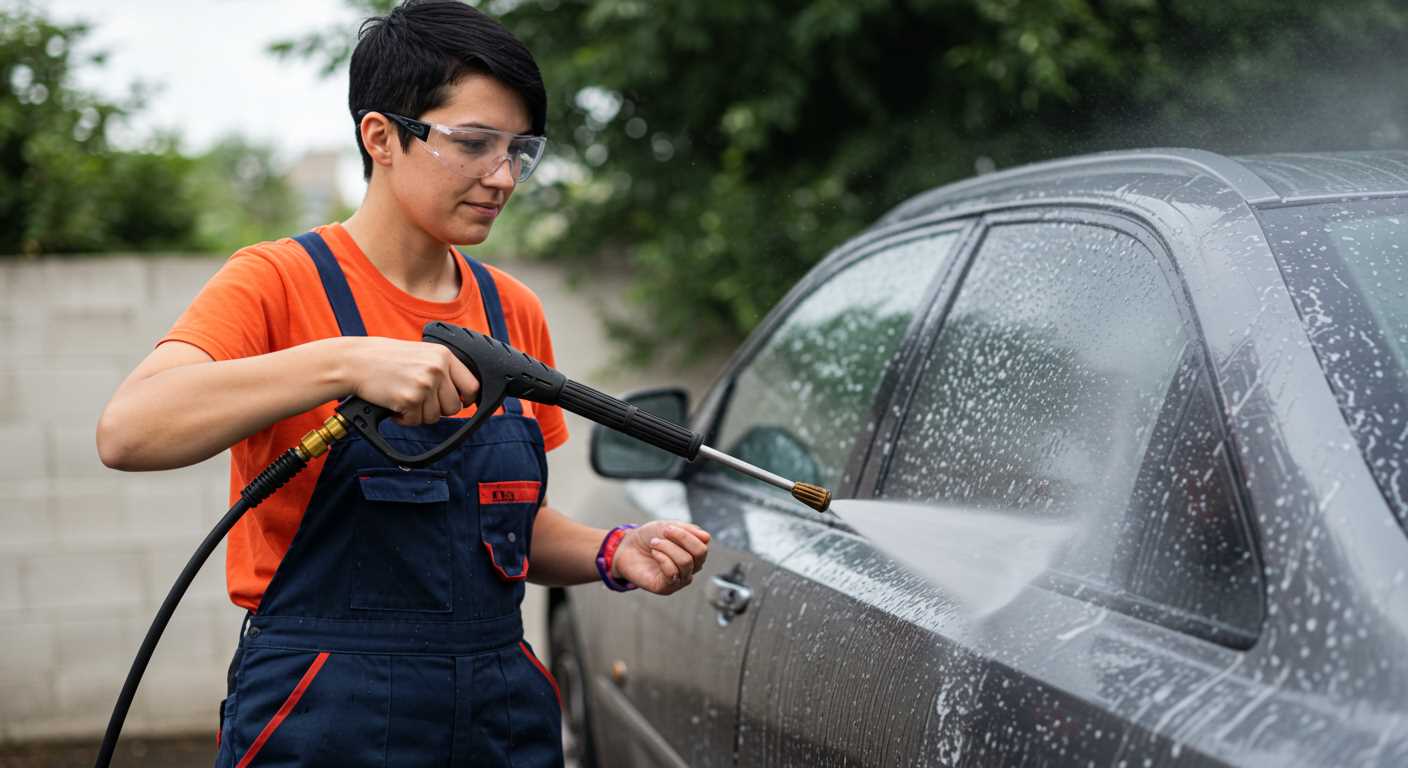
- Rotary Tools: Ideal for precision cutting and engraving; however, their niche applicability limits general cleaning capabilities.
- Sanders: Used for smoothing surfaces, but they generate dust and debris rather than cleaning surfaces.
- Chainsaws: Primarily for cutting wood; using them for cleaning purposes poses clear safety risks that heavy-duty cleaners do not.
The tools mentioned have their practical applications, but often lack the versatility and power provided by high-pressure units. Selecting the right tool hinges on understanding the specific cleaning challenges you face, while ensuring safety protocols are followed during operation.
Best Practices for Safe Pressure Washing
Always wear appropriate protective gear, including safety goggles, non-slip footwear, and gloves, to guard against potential harm or slips. Ensure the work area is free of bystanders or pets to prevent accidents. Properly secure any loose items around the site that could become projectiles. Furthermore, keeping a safe distance from power lines, delicate surfaces, and individuals minimizes risks.
Maintenance and Setup
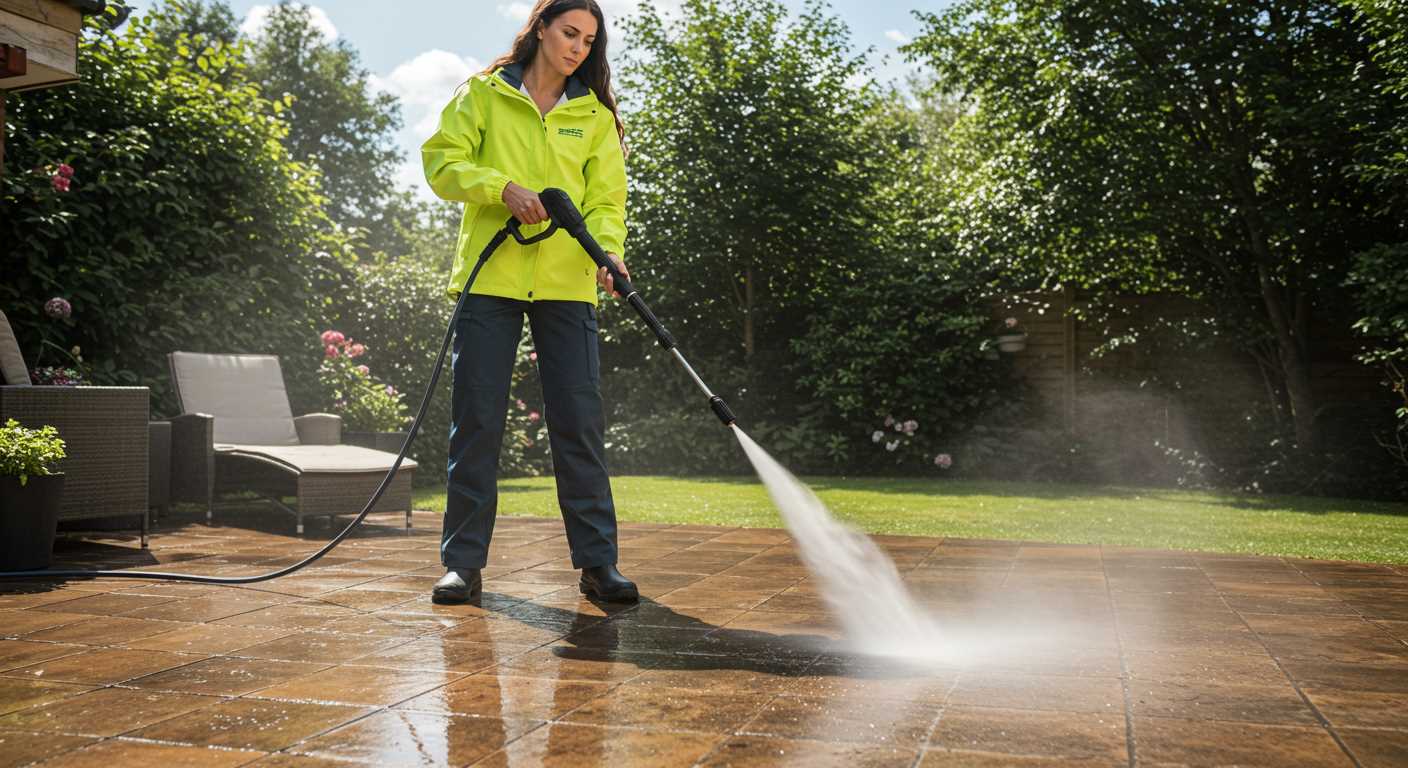
Before operating any cleaning device, inspect hoses, nozzles, and connections for damage. A thorough check can prevent mishaps during use. Ensure the equipment is set up on stable ground, away from edges or slopes, to maintain stability.
Technique and Control
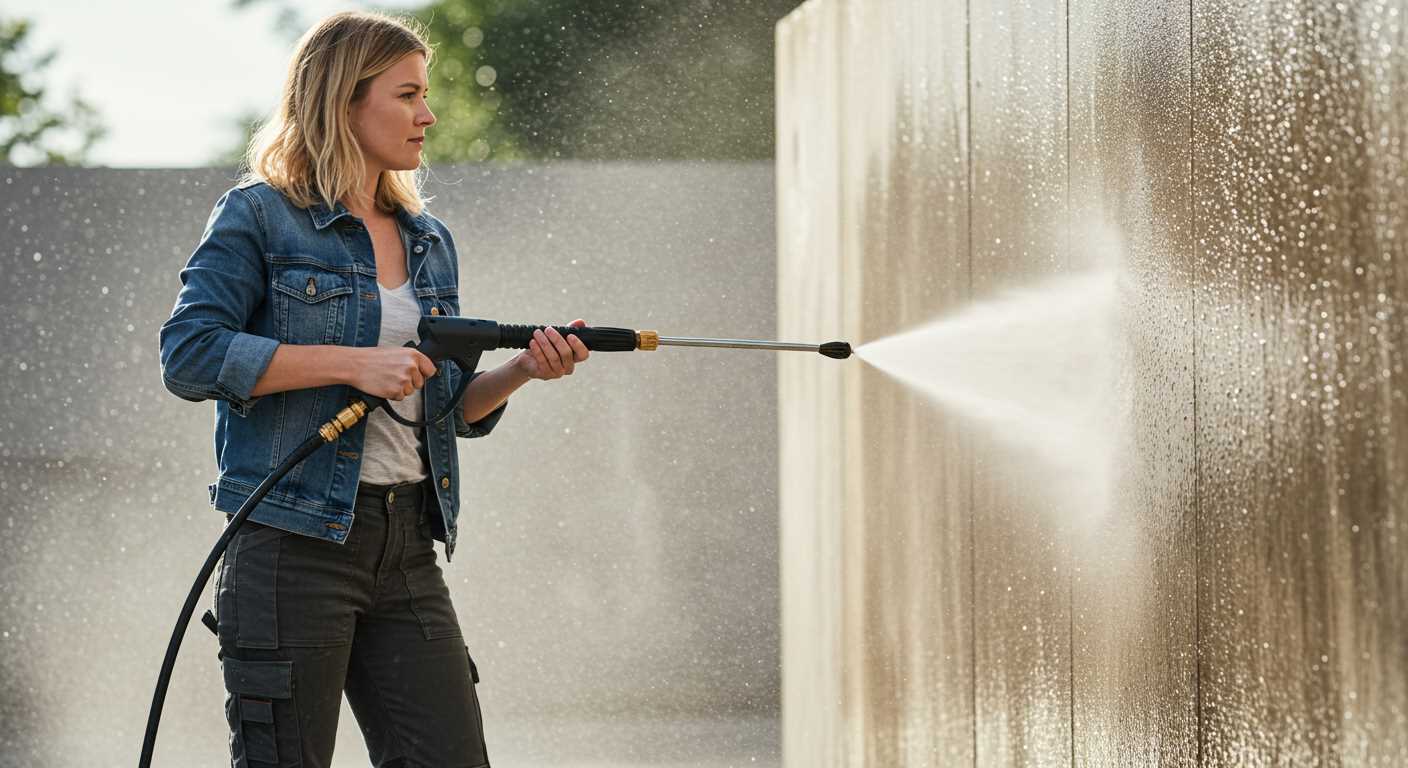
Maintain a firm grip on the handle with both hands while using the tool, and stand at least two feet from the surface being cleaned. Use a sweeping motion rather than a direct spray to avoid concentrating pressure in one area, which can lead to unintended injury. Adjust the nozzle according to the task; a wider spray angle is safer for larger areas.
| Item | Purpose | Recommended Action |
|---|---|---|
| Safety Goggles | Protect eyes from debris | Wear at all times |
| Non-Slip Footwear | Prevent slips and falls | Use sturdy shoes with grip |
| Gloves | Protect hands from chemicals | Choose oil-resistant options |
| Ear Protection | Minimize noise exposure | Wear if using equipment for extended periods |
Finally, read and follow the manufacturer’s instructions for the equipment. Understanding the specific features and limitations of the model in use is critical for safe operation.
Signs of Injury from High-Pressure Cleaning Equipment Use
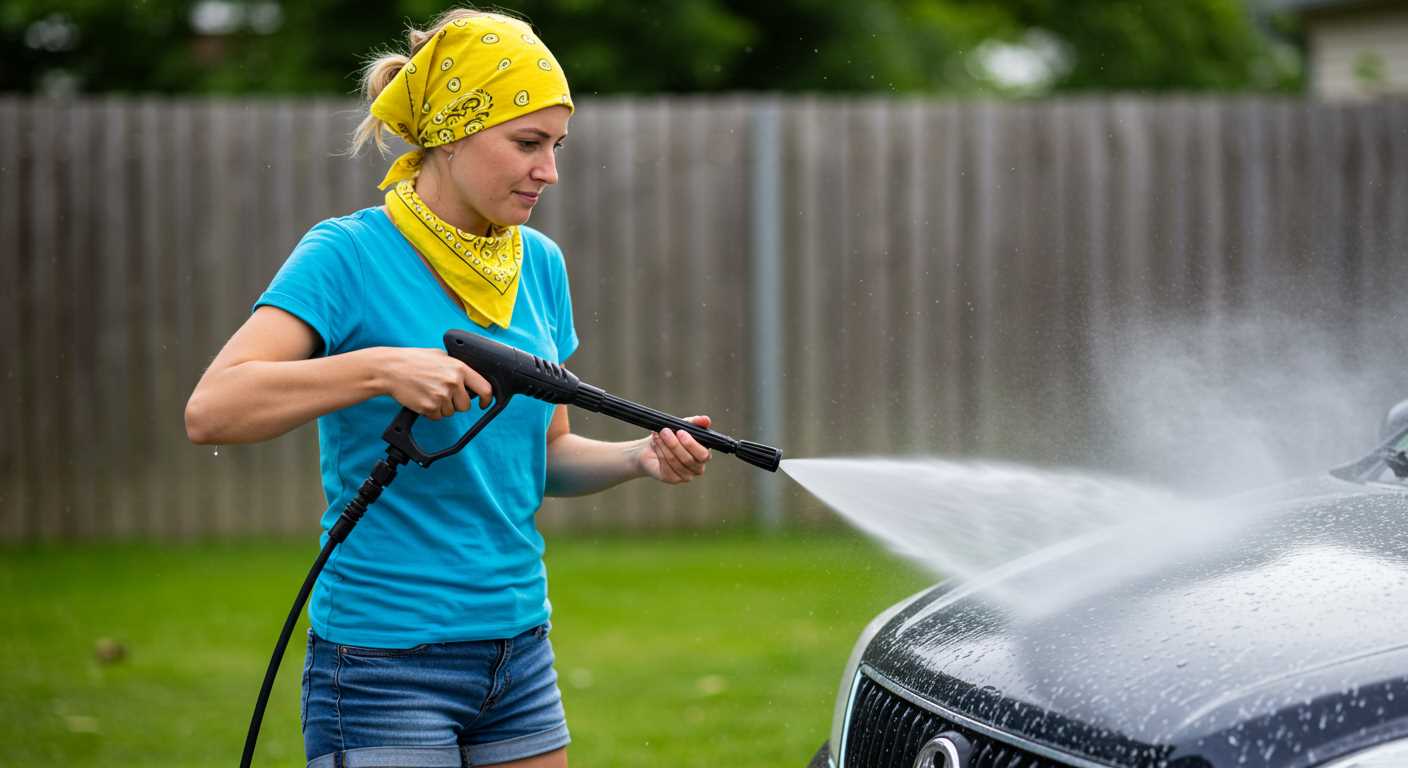
Recognising the signs of injury caused by high-pressure cleaning equipment is critical. Look for immediate symptoms, such as pain or discomfort where the water stream made contact. Redness and swelling may also occur, indicating skin trauma.
If there are visible cuts, abrasions, or missing skin, it’s essential to seek medical assistance. Larger lacerations require professional treatment to prevent infection or further complications. Pay attention to any unusual sensations or numbness in the affected area, which could signify deeper tissue damage.
Monitoring for signs of infection is vital. Increased warmth, pus formation, or persistent pain indicate that the injury has become infected and needs urgent medical care. It’s advisable to clean any minor cuts thoroughly with soap and water and apply an appropriate antiseptic.
For severe injuries or if bleeding occurs, apply direct pressure to the area and consult a healthcare professional without delay. Always examine equipment before use to ensure no defects that could lead to mishaps, and be aware of proper handling techniques to minimise risks.
Staying informed about these signs can significantly help in mitigating long-term consequences. Always prioritize safety and awareness while operating powerful cleaning tools.
What to Do If Injured by a Pressure Cleaning Device
If an injury occurs, it’s crucial to act quickly. First, ensure that the equipment is turned off immediately to prevent further harm. Assess the injury without panic. For minor skin lacerations, wash the area with soap and clean water, then apply a sterile bandage. Monitor for signs of infection such as increased redness or swelling.
For deeper cuts or puncture wounds, seek medical attention without delay. Do not attempt to remove any embedded debris as it may cause more damage. It’s advisable to keep the injured area elevated to reduce swelling.
Dealing with High-Pressure Injuries

Should a high-pressure jet injure you, even if the wound seems small, it’s essential to consult a healthcare professional. Water injected under the skin can lead to serious complications and may require surgical intervention. Do not ignore symptoms like persistent pain, numbness, or any unusual sensations in the affected area.
Follow-Up Care
After receiving initial treatment, adhere to follow-up appointments recommended by your medical provider. Keep the injury clean and dry during the healing process. Regularly change dressings and observe the area for any concerning changes. Prioritise recovery and refrain from engaging in activities that may aggravate the injury until fully healed.
FAQ:
Can a pressure washer really cause injury, and how serious can those injuries be?
Yes, a pressure washer can indeed cause serious injuries. The high-pressure water stream, which can reach pressures of up to 4,000 PSI or more, can cut through skin and cause deep lacerations. Injuries from pressure washers are often more severe than typical cuts, leading to potential complications such as infection or nerve damage, depending on the depth and location of the injury. It is important to handle pressure washers with care and wear appropriate protective equipment, such as gloves and safety goggles, to minimise the risk of injury.
What safety measures should I take when using a pressure washer to prevent cuts or other injuries?
When using a pressure washer, it is crucial to follow certain safety measures to protect yourself. Firstly, always read the manufacturer’s manual and understand the machine’s operation. Ensure you are wearing proper safety gear, including gloves, goggles, and sturdy footwear. Keep a safe distance from the surface you are cleaning – typically, you should maintain at least a foot away to reduce the risk of direct contact with the water stream. Avoid using pressure washers on delicate surfaces or to clean yourself or others. Lastly, be mindful of your surroundings; keep bystanders, especially children and pets, at a safe distance to prevent accidental injury.


